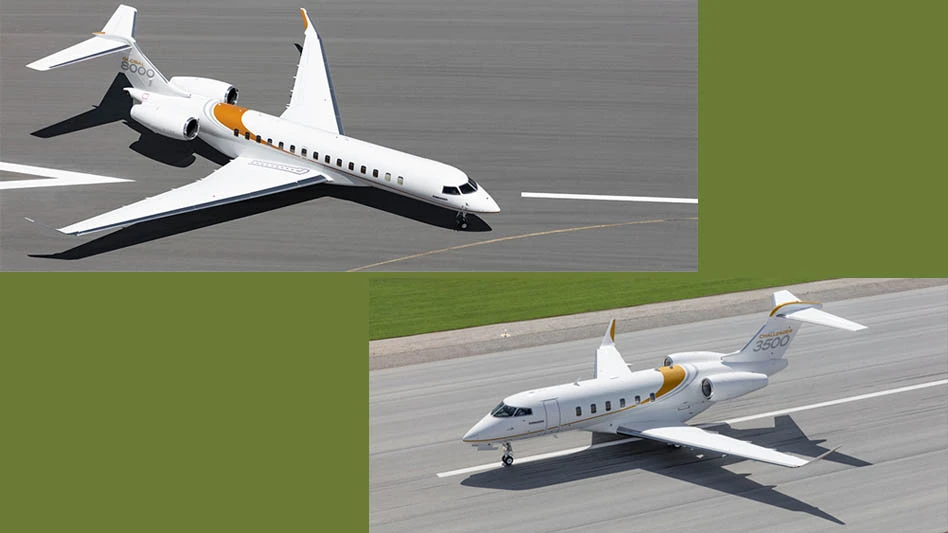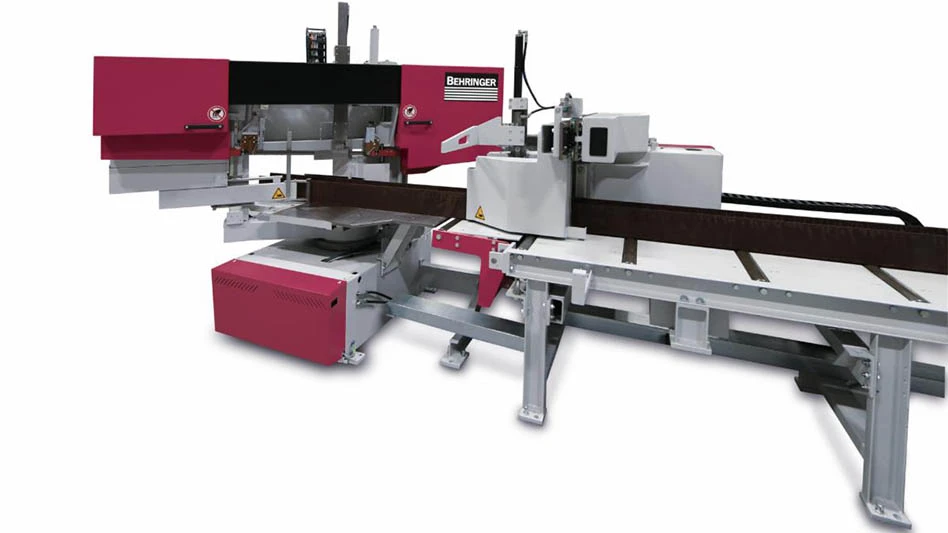 An array of tooling from Seco Tool's Jabro line. Advances in aircraft design have gone hand in hand with the development of new materials. Because of this, today’s aircraft can fly further, faster and can carry larger payloads. At the same time, they use less fuel, which means lower pollutant emissions and costs. Three difficult-to-machine materials are used to make the main components of aircraft: fuselages, wings, hardware such as landing gear, and the engines. They are superalloys, titanium alloys, and composites.
An array of tooling from Seco Tool's Jabro line. Advances in aircraft design have gone hand in hand with the development of new materials. Because of this, today’s aircraft can fly further, faster and can carry larger payloads. At the same time, they use less fuel, which means lower pollutant emissions and costs. Three difficult-to-machine materials are used to make the main components of aircraft: fuselages, wings, hardware such as landing gear, and the engines. They are superalloys, titanium alloys, and composites.
The latter comprise the relatively new carbon-fiber reinforced plastics (CFRP), and the not-so-new glass-fiber reinforced plastics (GRP). CFRP and GRP are often laminated or surfaced with metal, e.g. aluminum and/or titanium. All these materials, both monolithic and laminated, are difficult to machine because of their abrasiveness and the susceptibility of the fibers to shatter.
Engine efficiency increases with engine temperature. The superalloys, based mainly on nickel and cobalt, retain outstanding mechanical and chemical properties at the higher temperatures in the hot zones of jet engines. Superalloy components can be smaller and lighter than those made of steel. Each kilogram of engine weight saved means a saving of $150,000 in fuel cost over the life of the engine. Superalloys account for more than half a modern engine’s total weight.
Titanium alloys offer an exceptionally high strength-to-weight ratio combined with good corrosion resistance. They are as strong as steel with only 40% of its weight, and twice as strong as aluminum but only 60% more in weight. Their importance has grown steadily since the 1950s, when it became clear that the lightweight alloys then available would not meet the increasingly difficult needs of airframe and engine components. Growing use of titanium alloys for structural parts, landing gear, and other hardware is forecast to continue.
The use of composite materials – mainly CFRP – in aircraft is also growing. They offer a high strength-to-weight ratio, corrosion resistance, and low thermal expansion. Additionally, their properties can be modified to suit specific applications. CFRP is widely used for wing spars, and wing and fuselage skins. Composites consist of fiber laid up in a plastic matrix; the fibers can also be used in fabric form without any matrix. Half of the primary structure of the Boeing 787 Dreamliner, including fuselage and wings, is made from composites.
Why are all these materials difficult to machine? The high-temperature strength of superalloys and titanium means harder and stiffer metal that generates higher forces on the tool’s cutting edge, resulting in chipping and deformation. These metals generate more heat when bent (during chip formation) and their thermal conductivity is low, so cutting temperatures reach high levels. It becomes more difficult to break chips as the material’s high temperature strength, toughness, and ductility increase.
Heat-treating these alloys often produces abrasive particles, which wear cutting edges. The machining process itself may also create hardened surfaces (work hardening) in the workpiece, making it difficult to maintain precision tolerances. Machining can also damage the metallurgical integrity of the part surface, which reduces fatigue strength. Carbon fibers in composites are abrasive, so that cutting edges are rapidly dulled. With the wrong cutting speed, flaking or chipping of the workpiece occurs and burrs form. Holemaking can cause delamination in plain composites with high resin content and splintering in high-fiber content composites. In stacked (laminated) composites, metal chips pushed out in the drilling process may damage the composite material’s surface.
Competition is forcing designers to seek lighter, stronger, more heat- and corrosion-resistant materials to enable aircraft to meet ever-tougher requirements. Metallurgists, chemists, and plastics engineers are working to develop the materials of the future. On the negative side, the materials’ improved physical and chemical properties will almost certainly make machining them more difficult. To combat this, we will see more cutting tool companies develop application-optimized solutions to solve issues particular to the aerospace industry.
Seco Tools
Troy, MI
secotools.com/us

Explore the January February 2011 Issue
Check out more from this issue and find your next story to read.
Latest from Aerospace Manufacturing and Design
- Malaysia Aviation Group orders 20 more Airbus A330neo widebodies
- More displacement from space-tested piezo actuators
- Textron Aviation to bring its largest-ever lineup to 2025 EAA AirVenture
- Qualified materials for 3D-printing mission-critical applications
- #69 Manufacturing Matters - Shopfloor Connectivity Roundtable with Renishaw and SMW Autoblok
- Demystifying Controlled Unclassified Information (CUI)
- Simplify your shop floor operations while ensuring quality parts
- Happy Independence Day - July 4th





